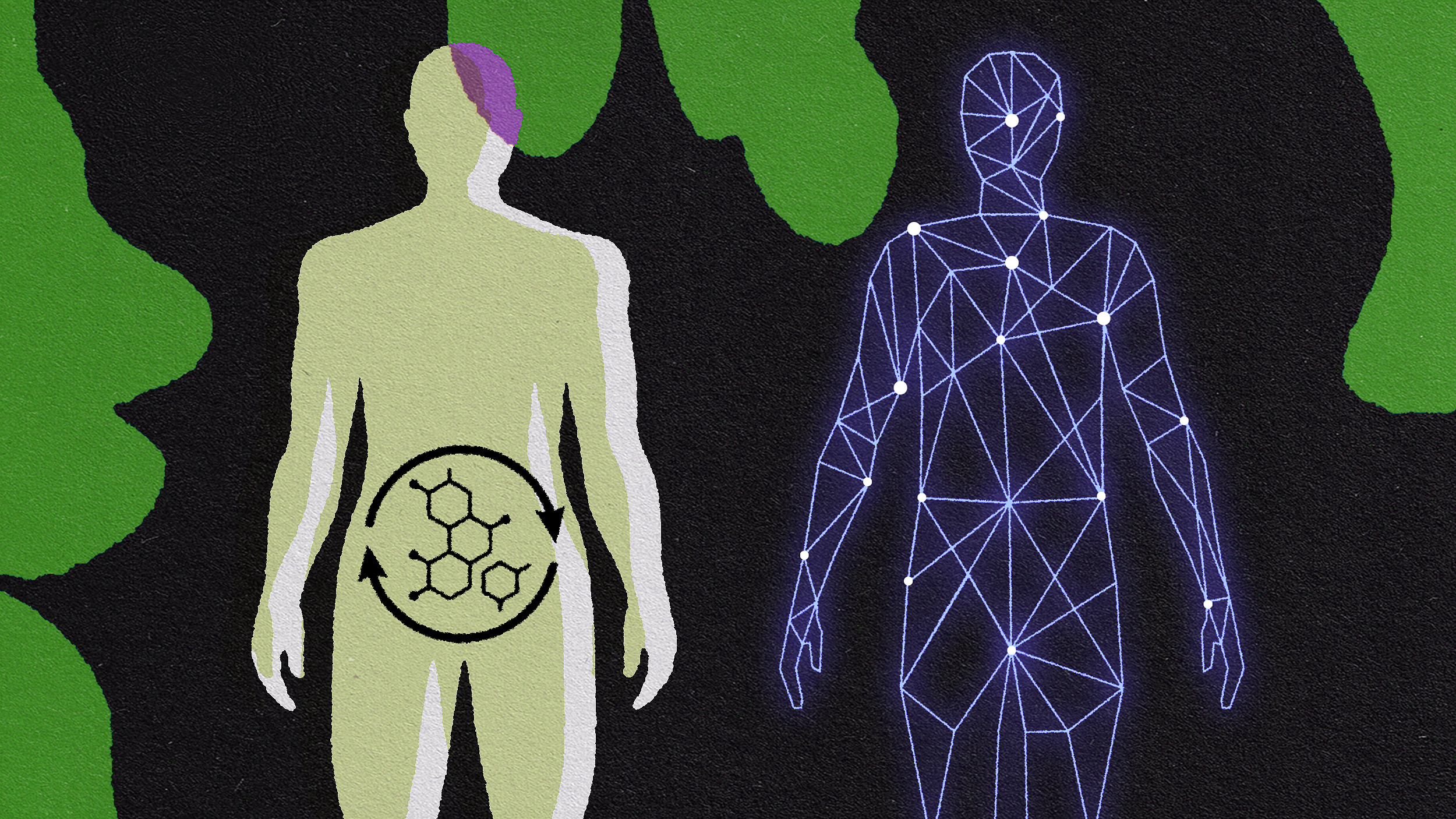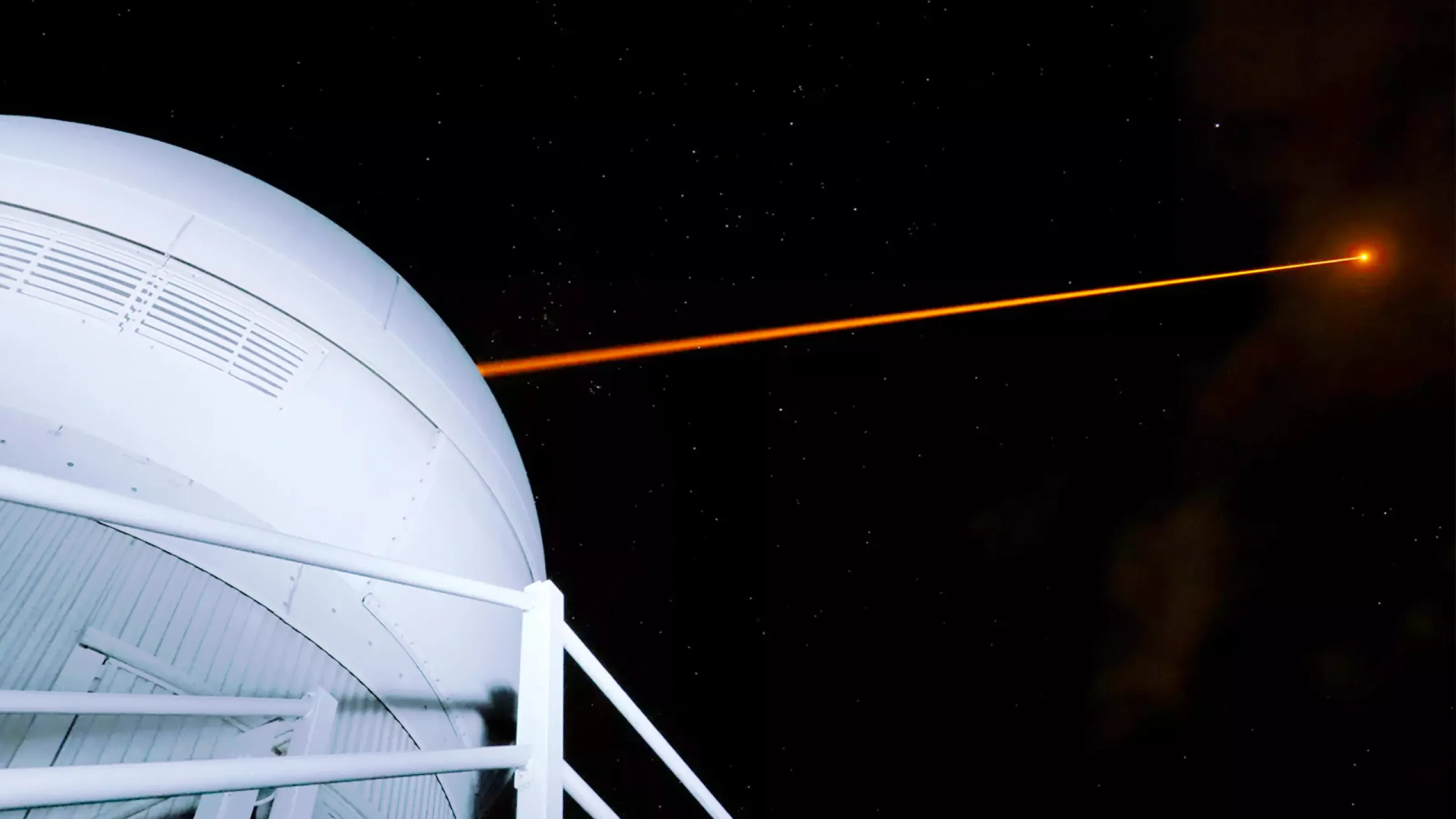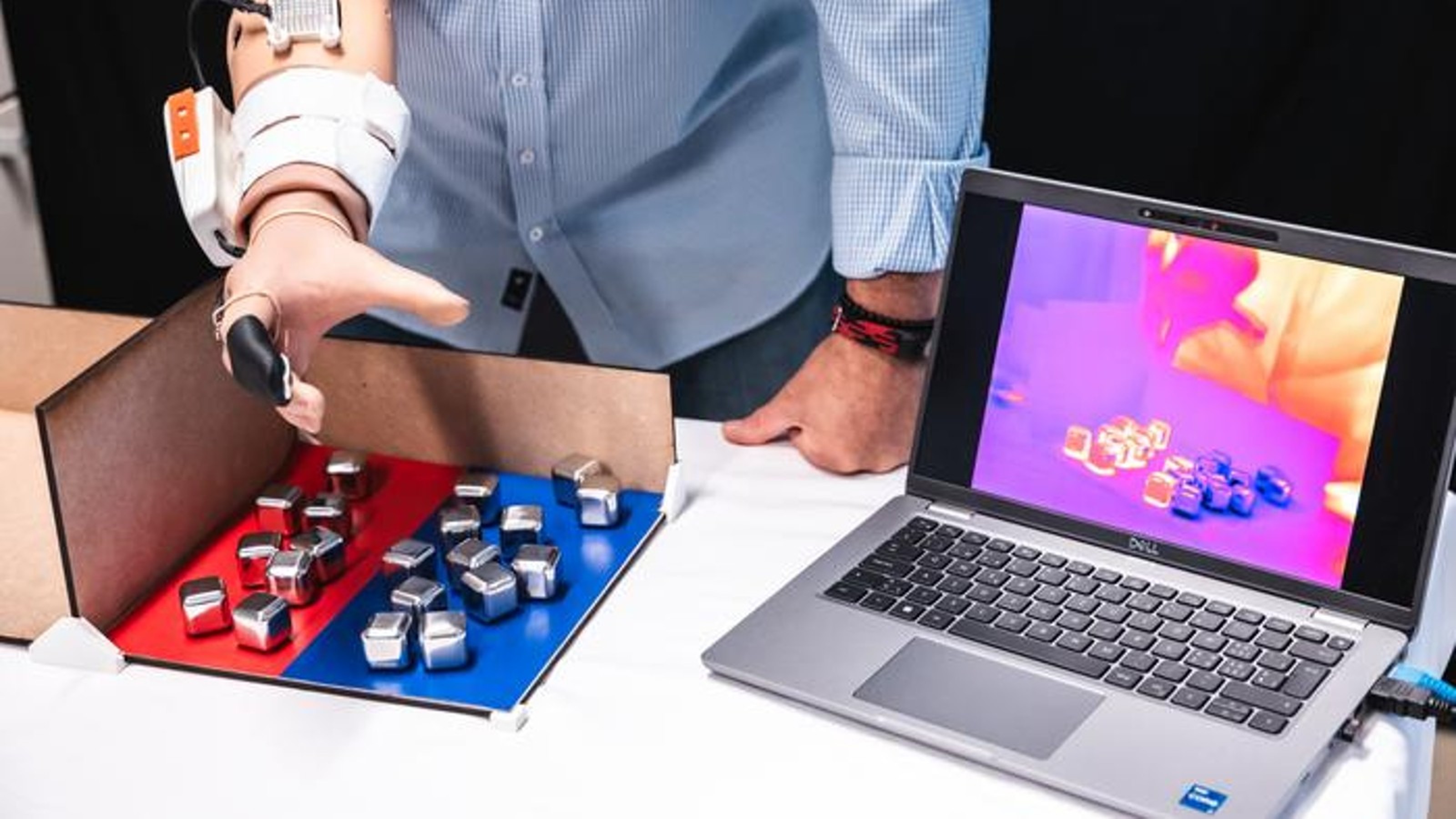Do you really need another iPhone? Not really, but there’s going to be another one anyway. That’s because companies, as neuroscientist David Eagleman put it, “need to figure out how to feel out the border of the possible.” It’s a remarkable way to get you to buy more, and it works across the purchasing spectrum from cars to phones to houses. David’s latest book: The Runaway Species: How Human Creativity Remakes the World.
David Eagleman: The future is very hard to see—where the world is going. And most ideas die. And even really good ideas don’t last.
So just as an example, if you look at the Blackberry phone market share you’ll see that they were doing really well for a while and then they just tanked out. Why? Because they had a good idea, which was the physical keyboard on the phone, but that didn’t last. They held onto a good idea a little bit too long.
And this is something that creative companies need to be aware of all the time, is this constant updating. In other words they’ve got some great thing that’s working but it’s not going to last and they need to keep updated.
And this is why companies put out their “new and improved” models all the time.
We’re now on the iPhone 10 and it’s going to keep going because you can’t put out something great and then say, “all right, I think we’re done.” So the challenge for companies is that it’s hard to know what’s going to stick. And this is because if you do something that’s too close to what you’ve done before, your audience will be bored. If you do something that’s too wacky, then no one’s going to follow you there.
And so companies need to figure out how to feel out the border of the possible. And this is something that good companies work on all the time. The solution is to proliferate options. The solution is to put out lots of options, and those options should actually be at different distances from community standards.
Just as an example, fashion designers do this all the time. They have their next model of clothing and it’s great, it’s pretty similar to what came before. And they do wackier and wackier stuff all the way out to haute couture, where it’s not actually intended that anyone is going to wear this wacky outfit but it’s a way of “feeling out” the border of the possible. In the same way car designers do this.
So Mercedes Benz is constantly upgrading and updating its sedans. But they also like all car companies make these concept cars that are completely wacky.
So Mercedes recently put out this thing called the “biome concept car” which is the idea of a car that is grown from seeds and the fuel runs through the car body, and the tires and everything is powered by the electric, by the solar panel sunroof at the top, and the whole thing is biodegradable. Now Mercedes has no plans to actually build the biome concept car. It only lives on the computer.
But this is a way of taking a throw into the far distance to figure out what’s on the distant horizon, to figure out if you can move in that direction or not.
And all good companies have ways of doing that. Fisher Price is constantly updating its strollers and toys or whatever. But it has also this future of parenting line where they think about the impact of technology on childrearing of the future with very wacky things and projected images all around for your child and so on.
So even a company like Lowes—they sell tools and so on. That’s the standard stuff. But they have this essentially a “holodeck” where you step in and you get to design your room and so on. You put on these VR glasses and you get to see everything before you buy it. They call this the “marriage saver.” And this is what companies, good companies try to do is cover that spectrum, so they can figure out exactly what’s going to work to pull them into the future.






